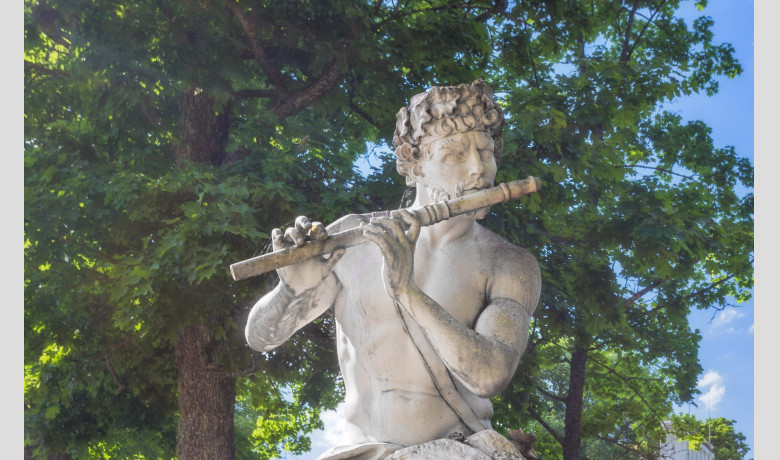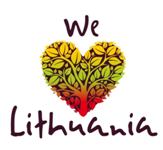When visitors reach the former manor kitchen and ice cream parlor, they are greeted by a Faun playing the flute.
In Roman mythology, the Faun is the god of fields, mountains and forests, the patron of shepherds, pastures and livestock. He was depicted as a short bearded young man with goat legs and a crown of leaves on his head, holding a cornucopia or staff in his hands while a fur is thrown over his shoulders. He enjoyed scaring people in the forests, sending them diseases, and seducing women. In honor of Faun, Faunalia was celebrated in December, while Lupercalia was celebrated on 15 February. Lupercalia was associated with an ancient wolf cult which later merged with the Faun cult, and involved symbolically driving away wolves from flocks by sacrificing a dog and a goat. The sculpture of the flutist was restored by Nerijus and Rūta Kavaliauskai.
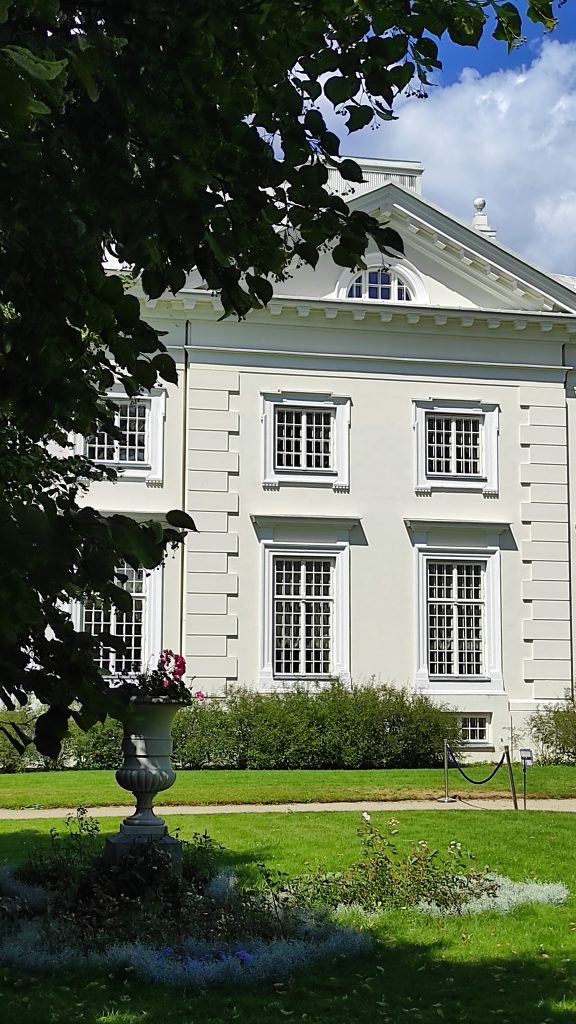
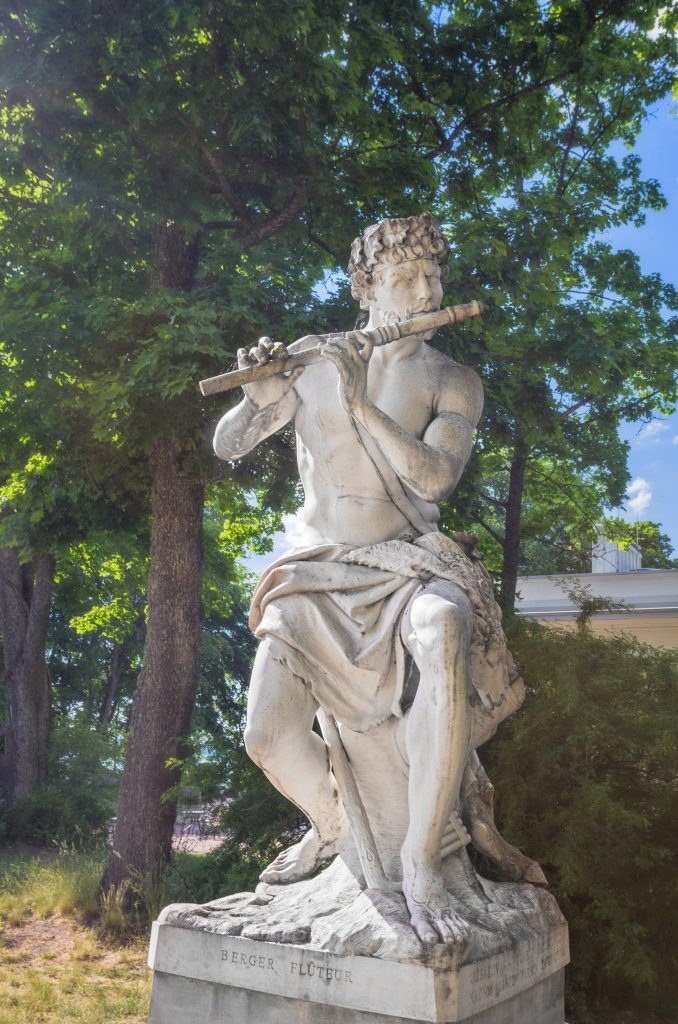
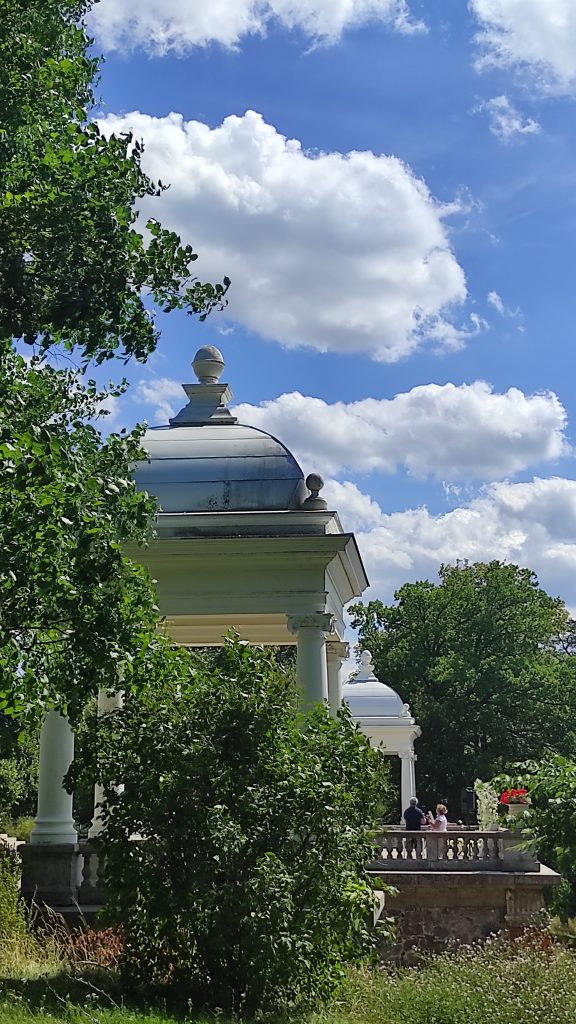
The sculpture featured in the park is reminiscent of the era when the managers of the manor and their noble guests lived here. There are surviving written records in the archives describing how Užutrakis was famous for luxurious dinners attended by members of the nobility, as well as delicious suppers for relatives and friends. The butler would bring half a bowl of food and put a certain amount on each guest’s plates and take the rest away. The guests knew the rules – you can’t ask for the same dish again. To avoid any requests to serve the dish again, the footman would take it out immediately. The food remaining from the nobles’ table was eaten by the servants of the palace. Despite the elaborate dishes, representatives of the nobility had to leave the table with the feeling of “having had a light meal”. This was especially true for ladies, as their tight clothing could cause discomfort.
It was not difficult to preserve food products in Užutrakis for a longer period of time, and at the end of the 19th century, an ice cream parlor was established on the coastal slope of Lake Galvė. The main room of the ice cream parlor is located underground. In this way, it was possible to maintain the right temperature for a longer time so that the products stored in the ice cream parlor did not spoil. Every winter, cut blocks of ice were transported from Lake Galvė to it, which stayed frozen and were only replaced at the beginning of the following winter.
